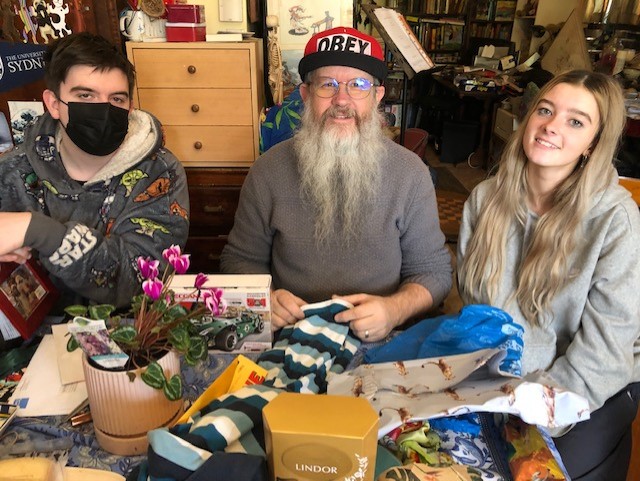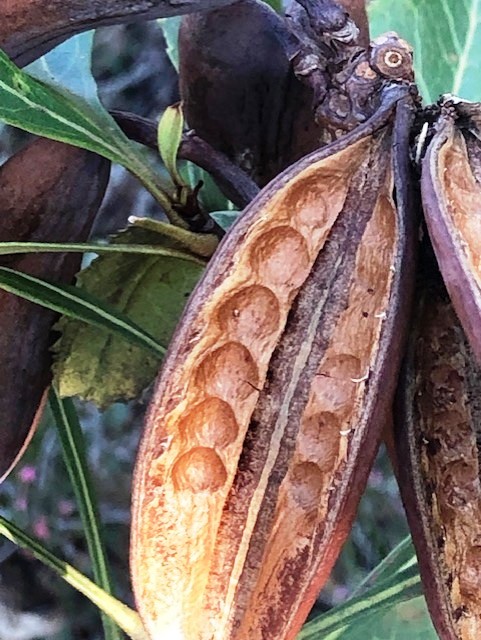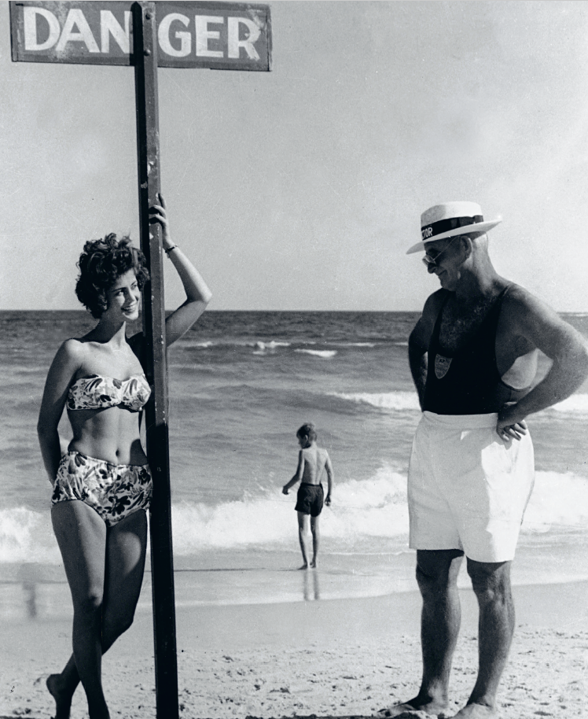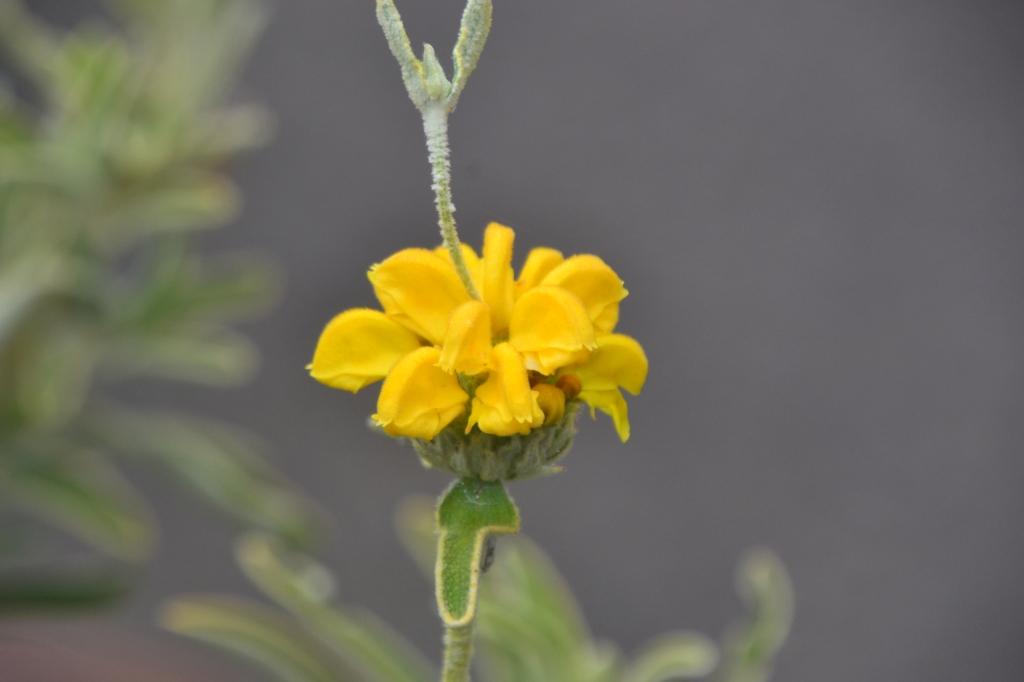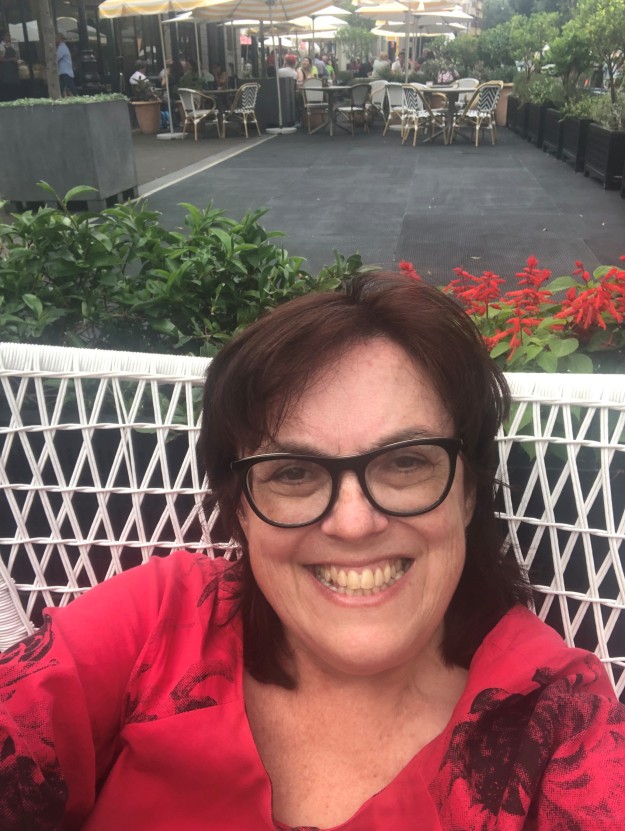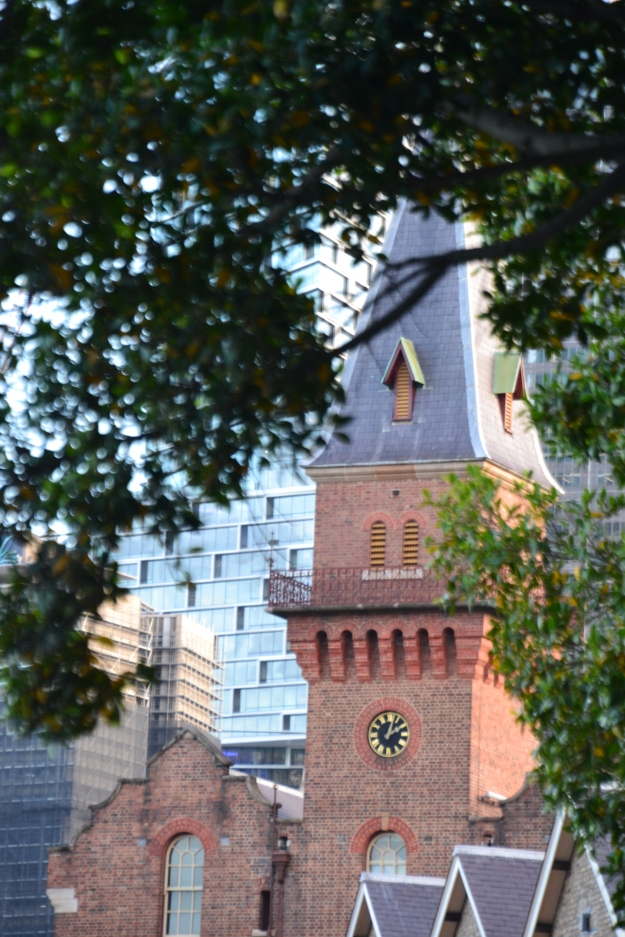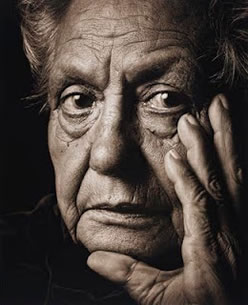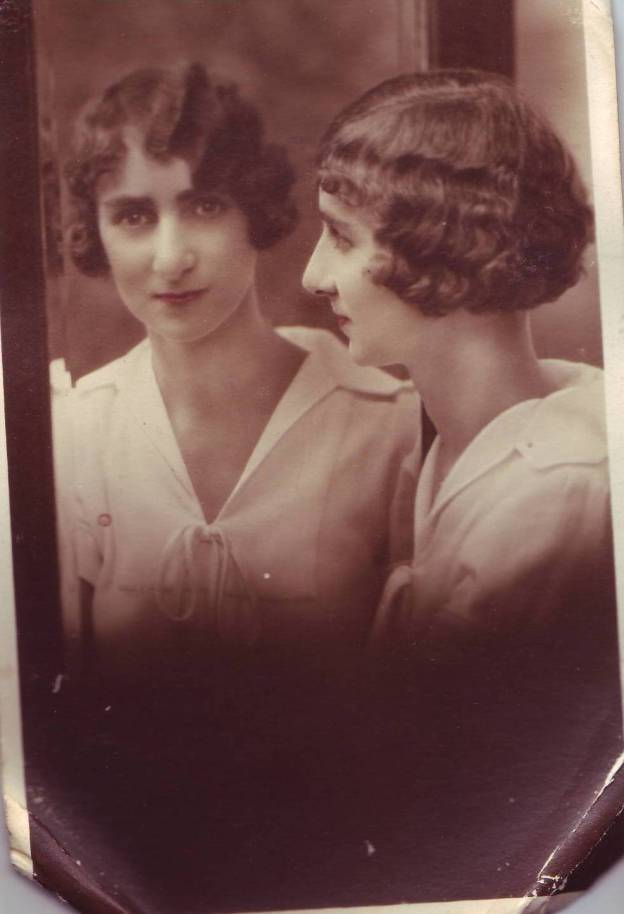Recently, a landmark speech spoke out about racism towards Indigenous Australians and I wanted to share it with you.This is a long post but I ask you to persevere with it and reflect. It’s not an easy topic to address but not something I could walk away from either.
While I am not an Indigenous Australian myself and haven’t experienced racism, I do know right from wrong and I think all Australians need to revisit how we view our Indigenous Australians and own up to the rampant racism which still grips hold of this country. It’s definitely not just something buried in the past. As a nation, we haven’t even begun to delve into what happened. To acknowledge the wrongs. No wound ever heals unless the infection is treated.
I realise that I’m stepping into a veritable quagmire even raising this issue and am wary in a sense of speaking out about something I know so little very about.
One of the first things you learn about writing is to write about what you know. Yet, I have never experienced racism and I’m not an Indigenous Australian and don’t walk in their shoes, feet, skin or soul.
However, as a person living with a disability, I have experienced exclusion, discrimination and injustice. Metaphorically speaking, I know what it’s like to be the only kid in the class not to be invited to the party and how that feels. Imagine how you would feel if that same party was being held at your very own house and you still weren’t invited? You don’t need much empathy or compassion to know how that feels. It hurts like a knife cutting through your heart, leaving horrific and permanent scars.
I have experienced that sense of injustice when I go to pick my kids up from school and someone able-bodied without a permit parks in the Disabled Parking spot and when I ask them to move, give me flak. What the?!!
As soon as I read Stan Grant’s Speech, I knew I had to share it. Keep the fire going and even spread the flame. While Australians like to view themselves as the “Lucky Country”, we have quite a chequered history, including the genocide of Tasmanian Aboriginals. Instead of acknowledging our own crimes, we point the finger overseas: at the Germans over Nazi atrocities, at the South Africans over apartheid and Americans for their guns.
We’re just fine, totally neglecting the log in our own eye.
That as much as we like to paint ourselves as the “lucky country”, we have an appalling record in the treatment of Indigenous Australians. Our track record is too extensive for me to go into here but it’s very, very dark and I’m sure the average Australian over 30 doesn’t have a clue. Moreover, they don’t even consider the long term consequences of what has happened. After all, how would you expect anyone to respond when you take away their land, culture, community and even their children? It creates a sort of living death and who wouldn’t do just about anything to try to numb that pain?!! Wouldn’t you?!!
This week Australia celebrated Australia Day on 26th January while for many Australians, it was a day of sorrow…Invasion Day. Australia Day commemorates the arrival of the First Fleet at Botany Bay in 1788, which was the first European settlement here. I am a bit conflicted about Australia Day these days but we’ve also been flat out getting ready for back to school. So, we had a very low-key Australia Day. Indeed, we went to see Star Wars and by-passed Australia Day until watching the fireworks on TV.
Around Australia Day, I heard about a ground-breaking impromptu speech by Indigenous Journalist Stan Grant. Referring to the speech, respected Australian journalist Mike Carlton tweeted:
Stan Grant: ‘But every time we are lured into the light, we are mugged by the darkness of this country’s history’, Ethics Centre IQ2 debate – 2015
27 October 2015, City Recital Hall, Sydney, Australia
This speech was delivered in an IQ2 debate with the topic, ‘Racism is destroying the Australian dream’. Also for the affirmative was Pallavi Sinha. For the negative was Jack Thompson and Rita Panahi. The full debate is here.
Thank you. Thank you so much for coming along this evening, and I’d also like to extend my respects to my Gadigal brothers and sisters from my people, the Wiradjuri people.
In the winter of 2015, Australia turned to face itself. it looked into its soul and it had to ask this question. Who are we? What sort of a country do we want to be.
And this happened in a place that is most holy, most sacred to Australians. It happened on the sporting field, it happened on the football field. Suddenly the front page was on the back page, it was in the grandstand.
Thousands of voices rose to hound an indigenous man, a man who was told he wasn’t Australian, a man who was told he wasn’t Australian of the Year.
And they hounded that man into submission.
I can’t speak for the what lay in the hearts of the people who booed Adam Goodes. But I can tell you what we heard when we heard those boos.
We heard a sound that is very familiar to us.
We heard a howl.
We heard a howl that of humiliation has echoes across two centuries of dispossession, injustice, suffering and survival.
We heard the howl of the Australian dream, and it said to us again, you’re not welcome.
The Australian dream.
We sing of it, and we recite it in verse.
Australians all let us rejoice for we are young and free.
My people die young in this country, we die ten years younger than average Australians and we are far from free.
We are fewer than three percent of the Australian population and yet we are 25 percent, a quarter of those Australians locked up in our prisons, and if you are a juvenile it is worse, it’s fifty percent. An indigenous child is more likely to be locked up in prison than they are to finish high school.
I love a sunburned country
A land of sweeping plains
Of rugged mountain ranges
It reminds me that my people were killed on those plains, we were shot on those plains, disease ravaged us on those plains. I come from those plains. I come from a people west of the Blue Mountains, the Wiradjuri people, where in the 1820s the soldiers and settlers waged a war of extermination against my people. Yes, a war of extermination! That was the language used at the time, go to the Sydney Gazette, and look it up, and read about it. Martial law was declared, and my people could be shot on sight.
Those rugged mountain ranges, my people, women and children were herded over those ranges to their deaths.
The Australian dream.
The Australian dream is rooted in racism. It is the very foundation of the dream. It is there at the birth of the nation . It is there in terra nullius. An empty land. A land for the taking.
Sixty thousand years of occupation.
A people who made the first seafaring journey in the history of mankind.
A people of law, a people of lore, a people of music and art and dance and politics, none of it mattered.
Because our rights were extinguished because we were not here according to British law. And when British people looked at us, they saw something subhuman, and if we were human at all, we occupied the lowest rung on civilisation’s ladder.
We were fly blown, stone age savages and that was the language that was used.
Charles Dickens, the great writer of the age, when referring to the noble savage of which we were counted among, said ‘it would be better that they be wiped off the face of the earth’. Captain Arthur Phillip, a man of enlightenment, a man who was instructed to make peace with the so called natives in a matter of years, was sending out raiding parties with instruction ‘bring back the severed heads of the black troublemakers’.
They were smoothing the dying pillow.
My people were rounded up and put on missions, from where, if you escaped. You were hunted down, you were roped and tied and dragged back, and it happened here, it happened on the mission that my grandmother and great grandmother were from, the Warrengesda on the Darling Point of the Murrumbidgee River.
Read about it. It happened.
By 1901 when we became a nation, when we federated the colonies, we were nowhere. We’re not in the Constitution, save for ‘Race Provisions’ — which allowed for laws to be made that would take our children, that would invade our privacy, that would tell us who we could marry and tell us where we could live.
The Australian dream.
By 1963, the year of my birth, the dispossession was continuing. Police came at gunpoint under cover of darkness to Mapoon an aboriginal community in Queensland, and they ordered people from their homes, and they burned those homes to the ground, and they gave the land to a bauxite mining company. And today those people remember that as ‘The Night of the Burning’.
In 1963 when I was born, I was counted amongst the flora and fauna, not among the citizens of this country.
Now you will hear things tonight, you will hear people say, ‘but you’ve done well!’
Yes I have, and I’m proud of it, and why have I done well?
I’ve done well because of who came before me.
I’ve done well because of my father, who lost the tips off three fingers working in saw mills to put food on our table, because he was denied an education.
My grandfather, who served to fight wars for this country when he was not yet a citizen and came back to a segregated land where he couldn’t even share a drink with his digger mates in the pub because he was black.
My great grandfather who was jailed for speaking his language to his grandson – my father – jailed for it!
My grandfather on my mother’s side who married a white woman who reached out to Australia, lived on the fringes of town, until the police came, put a gun to his head, bulldozed his tin humpy, and ran over over the graves of the three children he’d buried there.
That’s the Australian dream. I have succeeded in spite of the Australian dream, not because of it; and I have succeeded because of those people.
You might hear tonight, ‘but you have white blood in you.’ And if the white blood in me was here tonight, my grandmother, she would tell you of how she was turned away from a hospital giving birth to her first child because she was giving birth to the child of a black person.
The Australian dream. We’re better than this.
I’ve have seen the worst of the world as a reporter. I’ve spent a decade in war zones, from Iraq to Afghanistan, and Pakistan. We are an extraordinary country, we are in so many respects the envy of the world. If I were sitting here, where my friends are tonight (gestures to opponents] I would be arguing passionately for this country.
But I stand here with my ancestors, and the view looks very different from where I stand.
The Australian dream.
We have our heroes.
Albert Namatjira painted the soul of this nation.
Vincent Lingiari put his hand out for Gough Whitlam to pour the sand of his country through his fingers, and say ‘this is my country’.
Cathy Freeman lit the torch for the Olympic Games.
But every time we are lured into the light, we are mugged by the darkness of this country’s history.
Of course racism is killing the Australian dream! It is self evident that it is killing the Australian dream.
But we are better than that.
The people who stood up and supported Adam Goodes and said, ‘no more’, they are better than that.
The people who marched across the bridge for reconciliation, they are better than that.
The people who supported Kevin Rudd when he said sorry to the Stolen Generations, they are better than that.
My children and their non indigenous friends are better than that.
My wife who is non indigenous is better than that.
And one day I want to stand here, and be able to say as proudly and sing as loudly as anyone in this room, Australians all let us rejoice.
Thanks you.
Source: https://www.youtube.com/watch?v=uEOssW1rw0…
For those of you who have taken the time to listen, much appreciated. I have pasted a link below to some further interviews with Aboriginal Australians about their reactions to Stan Grant’s speech. Also, if you are not aware of the racist bullying Adam Goodes experienced on the football field, here’s a link: Racist Attacks on Aboriginal Footballer, Adam Goodes
